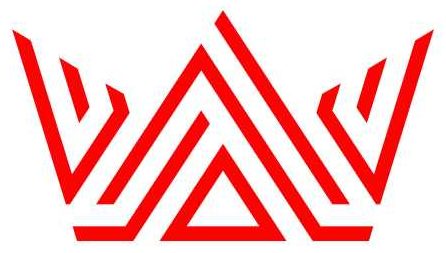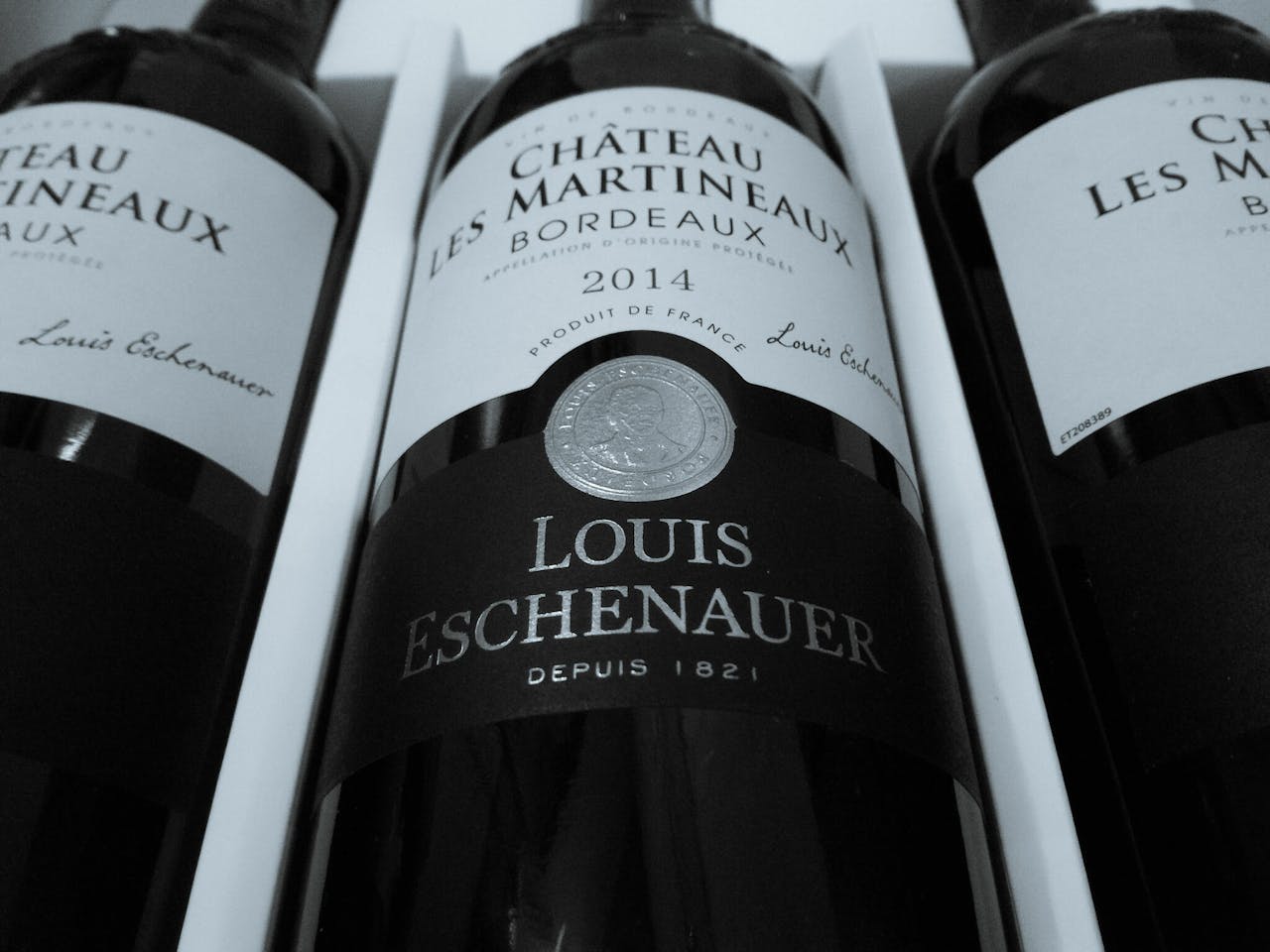Embossed labels are a type of labelling featuring raised designs or text on the surface, creating a three-dimensional look and feel. This is achieved through an embossing process where labels are stamped with a custom-made die or plate that applies pressure to the material to raise it above its normal flatness. The result is a tactile and visually striking label that stands out. If you need to create new labels for your product, get in touch with a sticker labels printing service.
Materials Used in Embossed Labels
The materials used for making embossed labels typically include:
- Metals (aluminium, brass, and stainless steel)
- Paper
- Cardstock
- Plastic
- Foil
Each material offers a different aesthetic and functional attribute, with some better suited for durability and others for premium presentation.
Common Uses
These labels are often used for the following:
- Product branding
- Wine and spirit bottles
- Specialty food packaging
- Health and beauty products
- Event invitations
- Business cards
- Legal documents
- Certificates
Advantages of Embossed Labels
Enhanced Texture:
The raised design of an embossed label adds a tactile element that encourages physical engagement with the product.
Visual Appeal:
Embossed labels add a sense of luxury and high-quality to a product, which can be beneficial in a competitive retail space.
Brand Identity:
Incorporating an emblem or logo into the raised design can strengthen brand recognition.
Versatility:
Embossing can be combined with other printing techniques such as foil stamping or ink printing to create a unique look.
Durability:
Certain embossed labels, particularly those made from metal or high-grade plastics, are durable and can withstand harsh environments, making them suitable for various applications.
The Embossing Process
Creating an embossed label typically involves several steps:
Design:
A custom design is created, often by a graphic designer, tailored to the product or brand’s requirements.
Die Creation:
A die that matches the design is crafted. The die has the pattern to be embossed in reverse.
Stamping:
The labels material is stamped with the die. The pressure and heat applied cause the material to raise and take on the die’s shape.
Finishing:
Additional finishing touches, such as foil stamping or colour application, may be added to enhance the label’s aesthetics.
Conclusion
In conclusion, embossed labels are a distinctive choice for products and branding, offering both functional benefits and a boost in visual and tactile quality. Whether used for luxury goods, official documents, or high-end packaging, the texture and depth of an embossed label make it a memorable component of product presentation and design.

